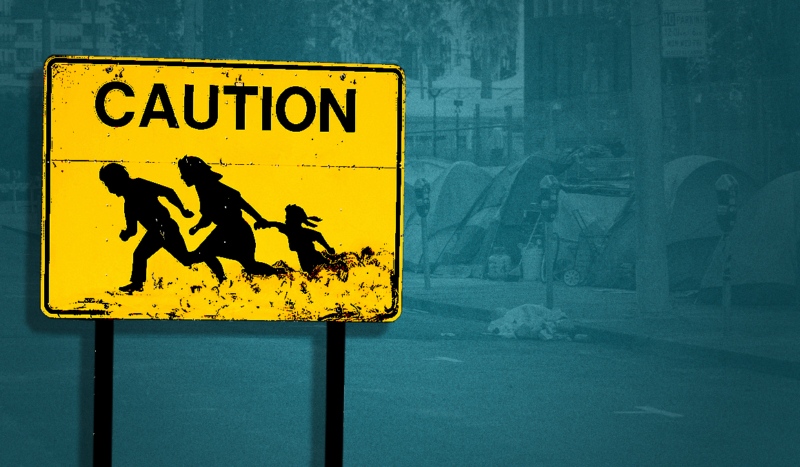
Over 500 cities and municipalities in the United States have declared themselves as “sanctuary cities.”
Many Americans have grown uneasy, however, as state and local governments prioritize “sanctuary” for illegal immigrants over safety for citizens.
As more cities declare themselves points of “sanctuary,” CV asks: what exactly is a “sanctuary city” and what does it mean for residents?
What are “Sanctuary Cities”?
Sanctuary cities are municipalities that decline to cooperate with federal immigration policies.
Cities such as San Fransisco and New York can actively decline federal detention requests from the Department of Homeland Security (DHS) and Immigration and Customs Enforcement (ICE) without reprisal.
Sanctuary cities and states have “don’t ask, don’t tell” and “catch and release” policies when it comes to detention and determining an alien’s legal status in the United States. They typically rely on the 10th Amendment to back their non-compliance with federal immigration policies:
The powers not delegated to the United States by the Constitution, nor prohibited by it to the States, are reserved to the States respectively, or to the people.
10th Amendment, U.S. Constitution
While immigrants are subject to the laws of the states and counties in which they reside, sanctuary cities and locales tend to enforce policies that:
- Prevent immigration detention.
- Restrict the deputization of local law enforcement by the federal government
- Restrict government and city workers from asking about legal status.
- Refuse to cooperate with ICE unless there is a judicial warrant.
The federal government cannot command states or local governments to use their resources to enforce federal policy, which legally allows states to refuse to meet specific federal requests.
However, there is a loophole through which the federal government can use its “spending power” to convince states to help enforce its immigration policies through grants. But since the offer of federal grants cannot be coercive, the participation by a state or city in a federal immigration policy for a grant must be voluntary, rendering this loophole largely ineffective.
List of Sanctuary Cities
The 10 biggest sanctuary cities in the US are:
- New York City
- Los Angeles
- Chicago
- Philadelphia
- San Diego
- San Jose
- Colombus
- San Francisco
- Seattle
- Denver
Daily Life in a Sanctuary City
Cities such as Boston, Chicago, and New York have drastically reduced the quality of daily life for their residents, as well as increased their crime rates due to accommodating illegal aliens.
Policies from sanctuary cities which intentionally infringe on criminal and deportation cases, often have unintended consequences such as in the gun-related death of Kathryn Steinle.
Many lawmakers and news outlets cite data and immigrant populations as being less likely to commit crimes, but that is simply not the case.
According to an article by the New York Post,
“when properly understood, Texas DPS data actually show that illegal immigrants have higher conviction rates than the general population for serious crimes such as homicide and sexual assault.”
What are the Economic Effects of Sanctuary Policies?
Residents in the biggest cities in the country are finding that their interests and safety have gone by the wayside as state and local governments prioritize the care of illegal immigrants over American citizens.
Many citizens find their concerns are being ignored by politicians who campaign for sanctuary policies at the expense of state and local economies and safety during America’s illegal immigration crisis.
For example, in 2021 New York implemented a state fund worth $2.1 billion to pay unemployment and stimulus to illegal immigrants. The fund was completely exhausted within 3 months. Similarly, the New York City Council allocated $16.6 million to a legal fund intended for illegal immigrants.
Given the influx of illegal immigrants into the United States and actions taken from non-sanctuary states like Texas, residents in sanctuary cities in states like New York and Michigan can anticipate footing the bill.
Taxpayers of New York City can expect budget cuts to imperative sectors like education and transportation to foot Mayor Eric Adams’ $110.5 billion budget designed to support the migrants over native New Yorkers.
“Sanctuary cities have emboldened criminals and endangered American citizens, and it is wrong that our taxpayers are being forced to foot the bill for this reprehensible policy,” said Senator Rick Scott. “This legislation will bring commonsense back to the table by eliminating taxpayer grants to these criminal safe havens and empowering law enforcement to protect our communities.”

